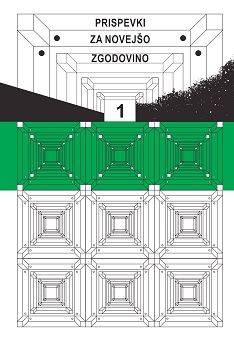Frankistična vstaja kot oživitev rekonkviste: analiza »remedievalizacije«
Francoist Uprising as a Revival of the Reconquista: Analysis of »Remedievalisation«
Author(s): Alejandro Rodríguez Díaz del RealSubject(s): Military history, Political history, Government/Political systems, Military policy, Interwar Period (1920 - 1939)
Published by: Inštitut za novejšo zgodovino
Keywords: Spain; military coup; Falange; Franco; civil war;
Summary/Abstract: In his article the author emphasizes the main reason for the military uprising against the Republican authorities in Spain. In the opinion of the conservative parts of the Spanish society, especially the military and the Catholic hierarchy, the main reason was that the republic was altering the essence of Spain. On the contrary, the Republicans understood their politics as the modernization of Spain. The military uprising against the Republican authorities started in North Africa (in Melilla) on 17 June 1936. In the end of September of the same year, the Bishop of Salamanca blessed the coup d'état in his pastoral letter and designated the conflict as a righteous crusade. The military rebels adopted the red and yellow flag, introduced by Charles III of Bourbon at the end of the 18th century. They also tried to develop their own concept of a leader – a Führer – the so-called theory of caudillismo, which went hand in hand with the doctrine of the German NSDAP. They rejected parliamentary democracy and the rule of law as condemnable symptoms of the liberal period. The ideological momentum of the Francoist state was mostly based on falangism and national syndicalism. Franco himself believed in his divine mission. When the war ended in April of 1939, a difficult post-war period began. Many of the people who are still alive remember it as a period worse than the war itself.
Journal: Prispevki za novejšo zgodovino (before 1960: Prispevki za zgodovino delavskega gibanja)
- Issue Year: 56/2016
- Issue No: 1
- Page Range: 39-55
- Page Count: 17
- Language: Slovenian

